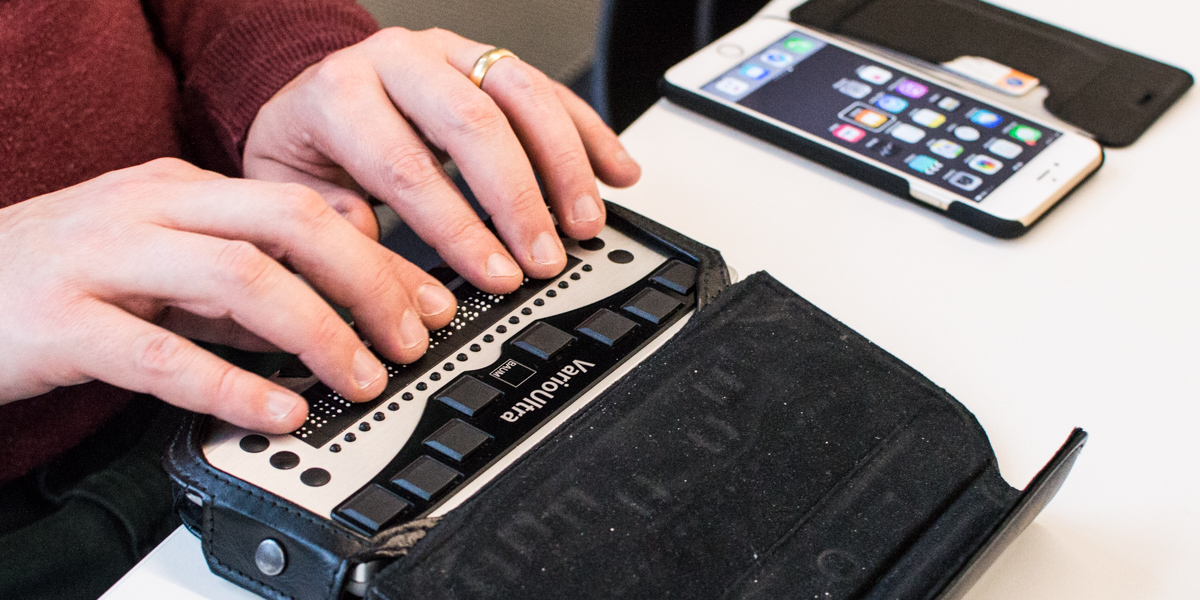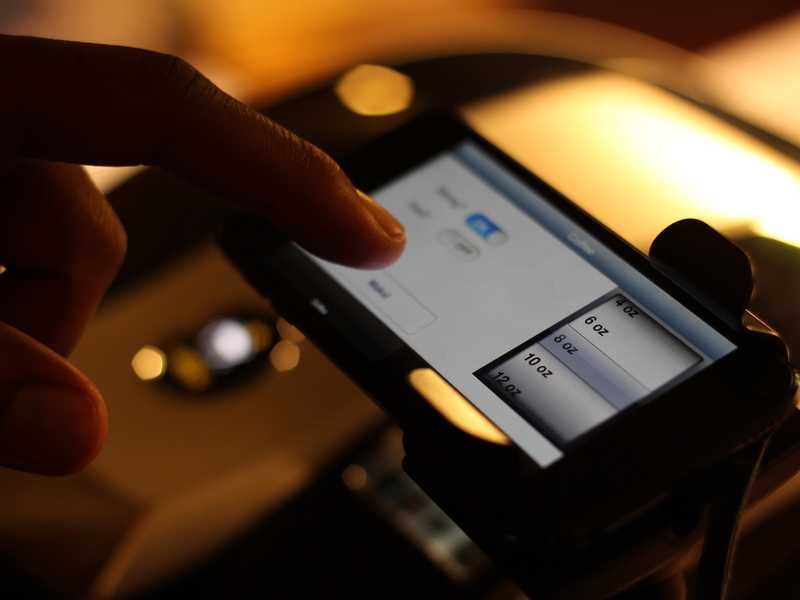Empowering Freedom With Assistive Technology for the Blind
The assimilation of assistive innovation right into the lives of people with aesthetic problems stands for a significant improvement in promoting independence and self-sufficiency. From cutting-edge display visitors to innovative smart walking canes, these tools not just enhance everyday navigating and interaction however likewise empower customers to involve meaningfully in various facets of life. As we discover the myriad benefits and real-world applications of these technologies, it ends up being vital to analyze the hidden aspects that add to their effectiveness and the capacity for future growths in this essential area.
Introduction of Assistive Modern Technology

The advancement of assistive innovation is based in principles of inclusivity and empowerment. Advancements in software program, equipment, and sensory enhancements supply individuals with options tailored to their details demands. From display viewers that convert text to speech, to tactile tools that convey details via touch, these tools change the method people involve with their surroundings.
In enhancement to sensible applications, assistive innovation promotes higher social addition and involvement in different fields, including education and learning and work (Voice-activated assistive devices). As research and development remain to evolve, the potential for assistive modern technology to further boost the lives of visually damaged people stays encouraging, leading the way for an extra fair society where everybody can prosper
Kinds Of Assistive Devices
A variety of assistive devices have actually emerged to sustain people with visual disabilities, each designed to meet details requirements and enhance day-to-day performance. These tools vary from low-tech solutions to sophisticated innovations, providing varied choices for users.
Low-tech gadgets consist of magnifiers and large-print materials that help in reading and writing. Braille tools, such as Braille slates and stylus pens, make it possible for responsive reading and communication. Positioning and movement help, like white walking canes, aid users navigate their atmosphere securely.
On the higher end of the spectrum, digital zoom systems and display visitors supply significant assistance. Electronic magnifiers allow users to expand message and photos on screens, while display viewers convert electronic content into synthesized speech, assisting in access to information on smart devices and computers.
Mobile phone applications likewise play a critical function, giving functions like message acknowledgment and navigation aid. Wearable technology, such as smart glasses outfitted with augmented truth, is emerging as a promising tool to boost situational recognition.
Benefits of Assistive Technology
The assimilation of assistive innovation significantly enhances the top quality of life for individuals with visual problems. These innovations equip users by promoting freedom, allowing them to browse their atmospheres extra efficiently and execute everyday tasks with greater convenience. Display viewers and magnifying software program permit people to accessibility electronic details, cultivating academic and specialist chances that might have formerly been out of reach.
Moreover, assistive devices such as clever canes and general practitioners applications provide real-time navigation help, boosting flexibility and security. This raised freedom not just improves self-confidence but also motivates social engagement, permitting individuals to participate even more totally in their communities.
Assistive technology also promotes communication, assisting customers link with others via voice acknowledgment and text-to-speech applications. This capacity is important for preserving connections and accessing essential information.
Additionally, the customization choices readily available with many assistive technologies make certain that customers can customize tools to their particular needs, better boosting functionality and efficiency. Overall, the advantages of assistive technology for individuals with visual problems are extensive, advertising a much more inclusive society where every person can seek their goals and goals.
Situation Research Studies and Success Stories
Highlighting the transformative influence of assistive innovation, many study show just how people with visual problems have actually effectively incorporated these devices into their lives. One compelling example includes an university student who made use of display reading software application to navigate online sources and scholastic products effectively. This technology not only promoted her education and learning however likewise boosted her self-confidence in getting involved in discussions and group projects.
An try these out additional instance research study features a professional that employs a smartphone application developed for navigation and object acknowledgment. By utilizing this application, he has actually restored autonomy in both his personal and job atmospheres, allowing him to commute separately and involve with coworkers better.
Additionally, a retiree shared her experience with braille e-readers, which allowed her to access a substantial range of literature and remain gotten in touch with her community with book clubs.
These success tales underscore the critical role of assistive technology in cultivating freedom, improving quality of life, and advertising social assimilation for individuals with visual disabilities (Assistive technology for the blind). By welcoming these innovative devices, users can get rid of challenges and seize opportunities that contribute to their specialist and individual fulfillment

Future Fads in Assistive Innovation
Technology in assistive technology is positioned to redefine the landscape of support for individuals with visual disabilities. Emerging trends stress the assimilation of expert system (AI) and machine knowing, which boost the look here functionality of gadgets that help with navigating and information availability. As an example, AI-driven applications are now with the ability of interpreting visual data in real-time, enabling customers to involve with their atmosphere more individually.
Furthermore, the development of wearable innovation is advancing quickly. Smart glasses furnished with augmented reality (AR) can offer audio descriptions of surroundings, transforming how customers interact with public rooms. These devices not only advertise autonomy however additionally foster social addition.
Additionally, the Net of Points (IoT) is making homes smarter, permitting smooth connection between day-to-day appliances and assistive devices. This connectivity encourages customers by making it possible for voice-activated controls and computerized feedbacks customized to private requirements.
Final Thought
To conclude, assistive innovation plays an essential role in encouraging individuals with aesthetic impairments by enhancing their freedom and involvement with their environments. The diverse range of applications and tools available not just assists in navigation and interaction but also promotes social combination and possibilities for specialist and personal development. As advancements continue in this field, the possibility for enhancing the lifestyle for those with visual problems will increase, cultivating higher freedom and empowerment.
